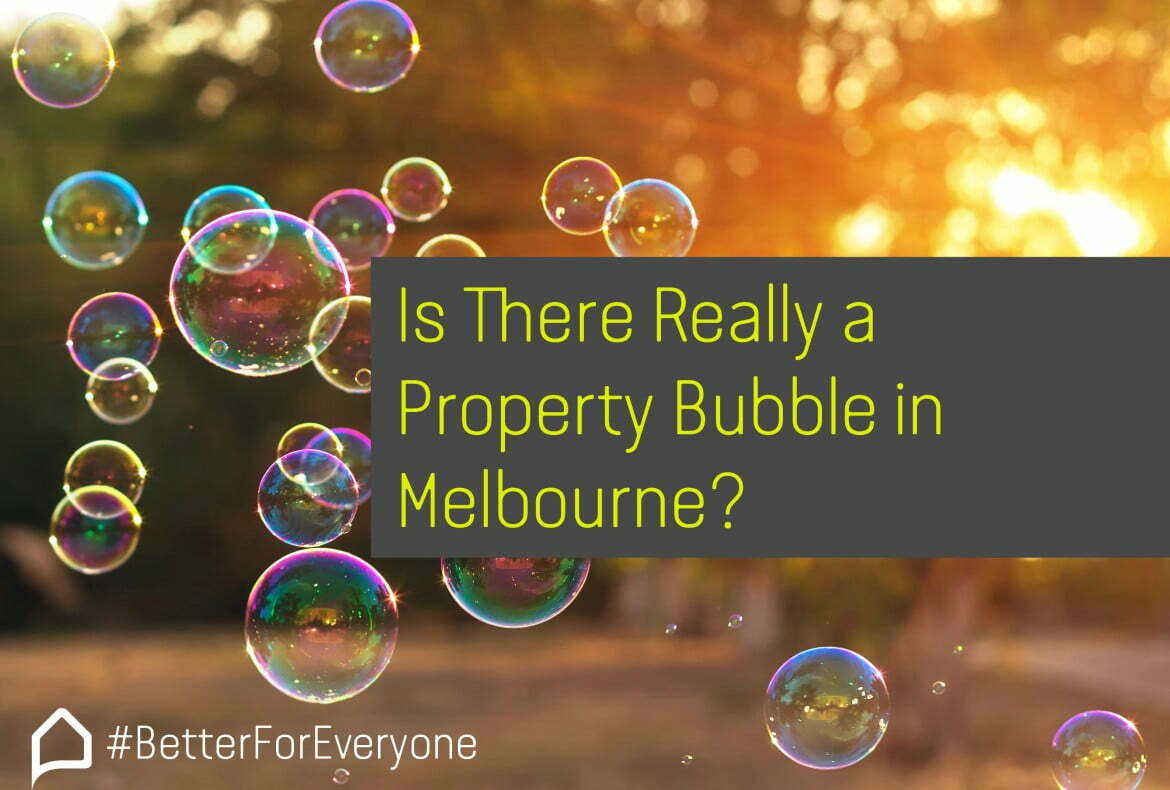When it comes to confidence in the Australian property market, there’s as many naysayers as there are rabid enthusiasts. As a nation of ‘bricks-and-mortar’ lovers, the fortunes (and superannuation) of the population rides more on the value of residential property growth than it does on the back of the sheep as in days of yore.
Occasionally, cautious landlords and hopeful buyers will ask the Think Property & Co team if what they’ve heard on the news about an imminent property market crash is true. If they’re looking to bag a bargain property (having patiently waited on the sidelines without purchasing property for the last decade whilst simultaneously hoping an apocalyptic Mayan prophecy will come true) they’ll also ask us to forecast the day the bubble will burst. Alas, we have no crystal ball – but we do have compelling property market statistics, which are close to the same thing.
Here’s the thing about the twin conspiracy theories of ‘timing the market’ (i.e. selling when the market hits peak, buying when the market bottoms out) and ‘waiting for the bubble to burst’. Whilst some investors may have enjoyed good cycles of transacting property, it’s ultimately time in the market rather than timing the market that creates wealth. Hanging on to quality assets in premium locales and caring for these properties appropriately is where real value lies. Less happy are those awaiting the property market crash, who’ve been waiting a very long time. As long as both Martine and Randal‘s real estate careers, in fact. Rather than buying the best property they could afford in the best position they could afford, they’ve watched as property prices in Melbourne have grown year-on-year, potentially pricing them out of the market they’d like to own within permanently. Betting upon a complete Australian real estate market meltdown resulting in diminished housing value is a risky gamble. Property values and property markets fluctuate regionally nation-wide. What is true of a country town’s real estate market and what is true of a thriving national capital’s real estate market are entirely different matters. The potential risk of purchasing property in an area of oversupply which is poorly serviced by amenities – and the risk of buying property in a premium area of a capital city like Melbourne is not comparable.
Let’s look at Melbourne closely now: are we likely to experience a property bubble bursting in the areas Think Property & Co lease and sell real estate? The short and the long of it is no. Did you know that each week over 1700 people move to Melbourne? During the year 2014-15, Melbourne’s population swelled by 91,600 people – making us the nation’s fastest growing capital city. And of course, we’re the world’s most liveable city – what with our cultural events, foodie meccas, myriad of sporting pleasures, and incredible access to the sparkling bay and the misty mountains. The neighbourhoods surrounding the city enjoy easy access to public transport, lazy strolls to lush parklands and cafes, galleries and the Yarra River and Merri Creek. The pace of population growth isn’t slowing down, as people are choosing to migrate to Melbourne from interstate and overseas due to the employment opportunities and the high quality of life we enjoy here.
All these people need housing. Of which there is certainly not enough. And whilst buyers should be judicious about purchasing the best property they can (think apartments over 50 square metres in the suburbs surrounding the CBD such as Fitzroy, East Melbourne, South Melbourne, Richmond or South Yarra rather than studio properties which banks would look askance at), there’s no reason to believe that property prices in tightly-held areas will crash. These premium areas are finite in their resources. The suburbs aren’t getting any bigger, although the hordes of people wanting to live in them continues to swell. As Melbourne grows, the value of its blue-chip assets will flourish under demand. Australia is slowly moving towards a more European model of life-long leasing, with property owned by a fortunate few who purchase what they would when they could. In short: now’s not the time to sit back blowing bubbles when it comes to the Melbourne property market.

